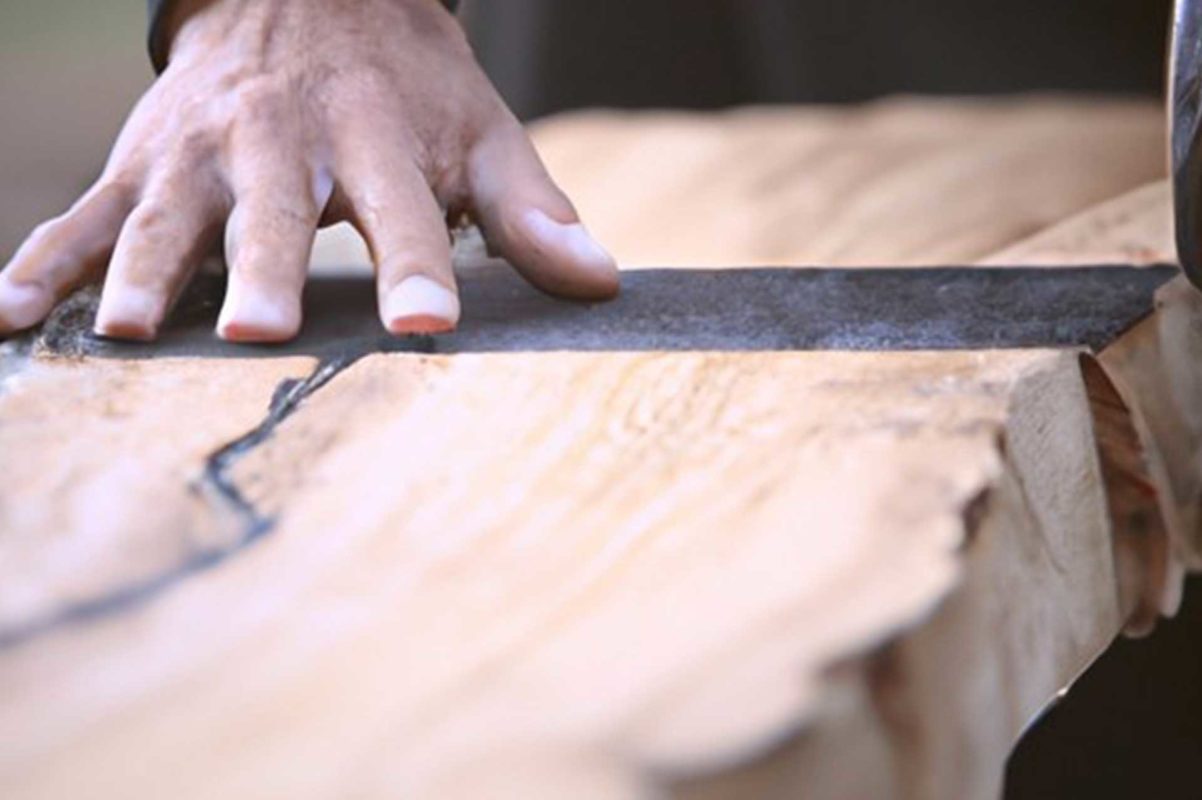Uncategorized
Solid or Multipart Joined Natural Tables
The difference between natural solid live-edge table with metal leg and multipart joined natural live-edge table with metal leg.
The main difference between these two types of tables is the way they are constructed. Natural solid live-edge tables are made from a single piece of wood, which is cut to size and then finished to create a flat surface. The natural edge of the wood is left intact, giving the table a unique and organic look. These tables are often quite heavy and sturdy, as they are made from a solid piece of wood.
On the other hand, multipart joined natural live-edge tables are made from several pieces of wood that are joined together to create a larger surface. The natural edge of the wood is still visible, but it is interrupted by the seams where the pieces of wood are joined. These tables can be made in a variety of designs, with the seams forming patterns or shapes. They are often lighter in weight than solid tables, as they are made from multiple pieces of wood.
Both types of live-edge tables can be paired with metal legs to create a modern and industrial look. The metal legs provide a strong and sturdy base for the table, while also adding a sleek and stylish touch. However, the choice of legs can also affect the overall look of the table. For example, solid tables with metal legs can create a more rustic and natural feel, while multipart joined tables with metal legs can create a more modern and geometric look.
In terms of maintenance, both types of live-edge tables require some care to keep them looking their best. Natural solid live-edge tables should be treated with a protective finish to prevent scratches and stains. Multipart joined natural live-edge tables may require more attention, as the seams between the pieces of wood can be more prone to collecting dirt and debris.
In conclusion, while both natural solid live-edge tables and multipart joined natural live-edge tables offer unique and beautiful designs, they have distinct differences in their construction and appearance. Ultimately, the choice between the two types of tables will come down to personal preference and the desired look for your space.

